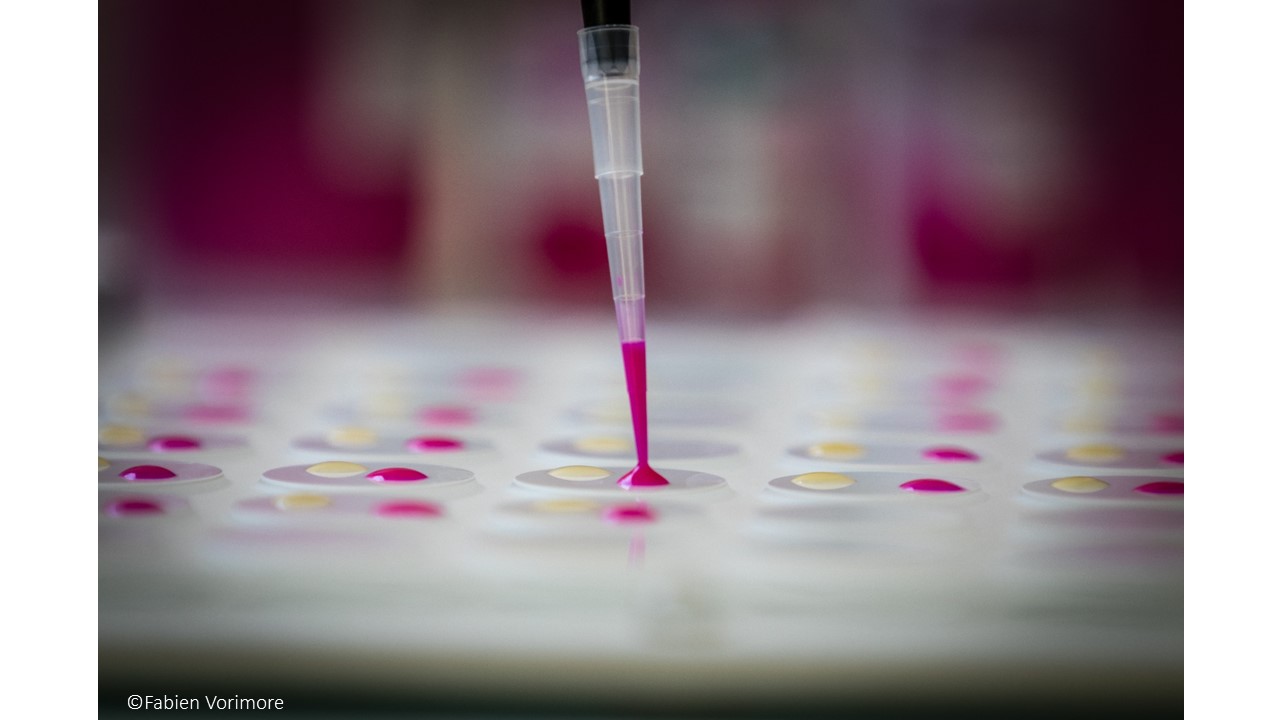Standard Operating Procedures
title
texte
Proficiency tests documents list
Search a document
EURL Research & publications
The EURL team is part of the Unit for Bacterial Zoonoses at the Laboratory for Animal Health. This laboratory is located in Maisons-Alfort on the campus of the Alfort National Veterinary School (ENVA), from which it originated. Founded in 1901, it was the world's first laboratory designed to control infectious and contagious animal diseases. The Laboratory for Animal Health also has a site in Normandy devoted to equine diseases. It has 140 employees grouped into five main units and four contracted units (USC) that cover all spheres of animal health infectiology.
The team carries out applied research focusing on Brucellosis sp., Burkholderia mallei & pseudomallei, Chlamydia, Mycobacterium sp., Bacillus anthracis; vector-borne zoonotic bacteria such as Francisella tularensis:
- Development of tools for phenotypic or molecular differentiation of bacterial strains to enable more precise epidemiological monitoring of outbreaks and the establishment of links between animal outbreaks and human cases;
- Towards "One Health" approaches designed for studying interactions between pathogens, host species and the environment. Several projects are dedicated to wildlife surveillance and the role of different species in pathogen transmission. Others focus on the presence and persistence in the environment, particularly in water bodies, with the option of investigating pathogen survival in amoebae.
- Application of new high-throughput technologies to reference activities (in particular molecular typing of strains; design of chips for multi-pathogen detection or differential diagnosis) and research (phylogeographical approaches; studies of virulence genes or genes involved in survival; modelling work associated with transmission pathways). Next-generation sequencing (NGS) is the biotechnological revolution of recent years, and enables large quantities of genomes to be sequenced in record time and at a more affordable price.
- Epidemiological studies in production livestock in order to validate diagnostic and/or screening tools, and in wildlife and/or vectors for health surveillance, identification of reservoir populations and/or victims of bacterial infections, working with other ANSES laboratories and other organisations;
- Persistance of bacteria in environment (soil, water).
EURL reports
texte




